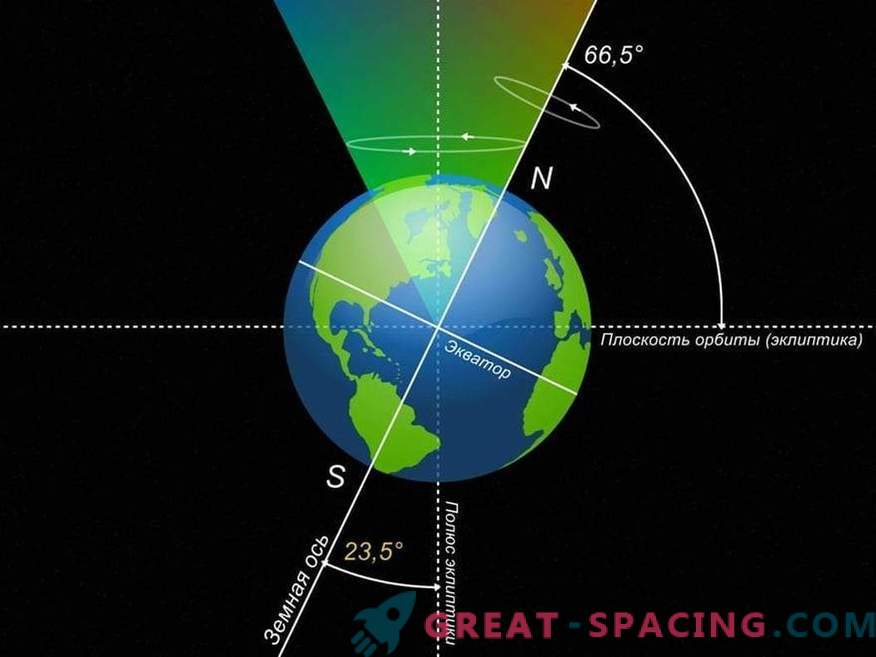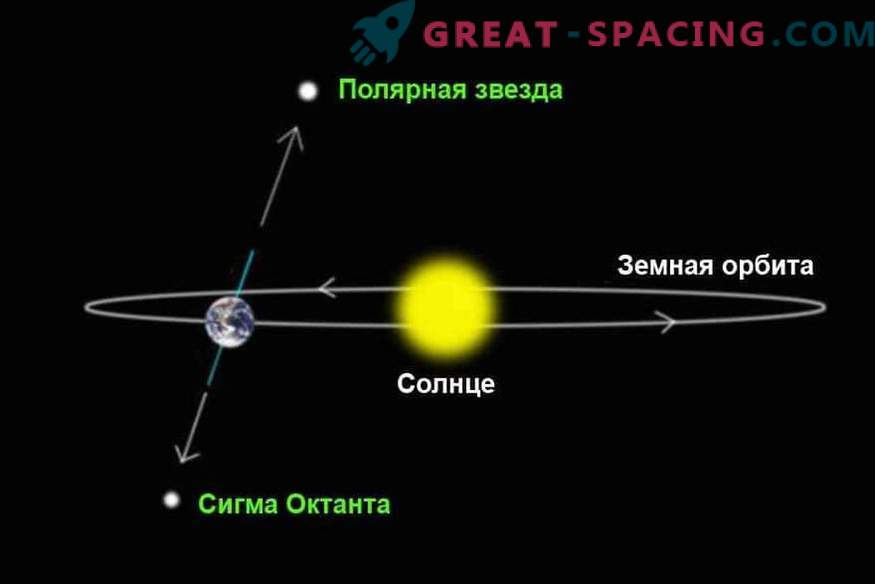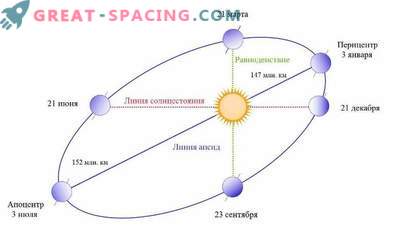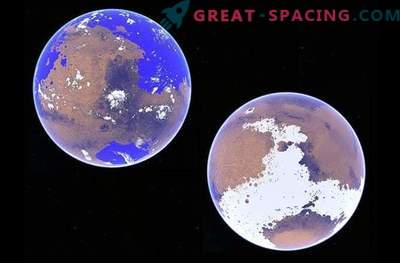
The Earth comfortably rotates around its axis at a level of inclination to the plane of the ecliptic at 23.5 degrees. This guarantees us the usual climatic conditions and affects the formation and development of life on the planet. But what happens if you increase this angle of inclination by 90 degrees?
Long cold nights and incredibly hot days ... No life ... It is enough to change the angle of the earth's axis and you will influence the fate of the planet and its inhabitants. It is important to understand that 90 degrees of axial tilt is found in two solar worlds: Uranus and the dwarf planet Pluto.

Axial tilt of the Earth and its relation to the axis of rotation and the orbital plane
The axis is formed with the development of the planet. Even before the moment of the collision that formed the moon, the earth's axis oscillated between 0 and 85 degrees. Then the earth satellite stabilized the planetary axis to 23.5 degrees.
However, if the collision had not happened or it happened later, then a completely new world, in which there are no conditions for life, appeared before us. When tilted at 90 degrees, the poles of the earth would point directly at the sun. In fact, for as much as 6 months, one hemisphere plunged into frosty darkness, and the second fell under a long heat. Yes, you must understand that one day will last a year.
You do not like the weather in your area? Well, on a hypothetical Earth with a slope of 90 degrees, there is simply no one to complain about the climate. The daily temperature at the North Pole will increase to 50 ° C. But it is better for you to move here, because the South Pole, devoid of climatic ocean currents, will boil under heating at 80 ° C.

The Earth's axis points north to the Polaris, and south to Sigma Octant
You will no longer recognize your favorite tropical countries, because the equator will plunge into ice all year round. At a certain point in time, the continents will cluster around one of the poles. The temperature regime during the day will reach the boiling point of water. Perhaps water vapor lingers on the planet at the expense of clouds. However, in such a world can survive only a few species of bacteria.
Then the bacteria can evolve into something more complex. But it will take billions of years, and we will not see the usual people and civilization. There will be a lack of oxygen, and it will be extremely difficult for plants to survive 6 months of the night. And, most likely, in such conditions, vegetation cannot develop at all.
By the way, everything would not be so critical if the Earth-Sun distance is 60 million km. Then the temperature at the poles will not rise above 40 ° C during the daytime. And on the night side the thermometer will not fall below 3 ° C. Ice will appear only on the tops of the highest mountains.
However, earthly life developed at the usual 23.5 degrees of axial tilt, so it is still difficult to predict whether it can arise in the new conditions. It turns out that the axial tilt also plays a big role. Therefore, when searching for a terrestrial exoplanet that may become a colony, you should pay attention to this.











































